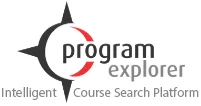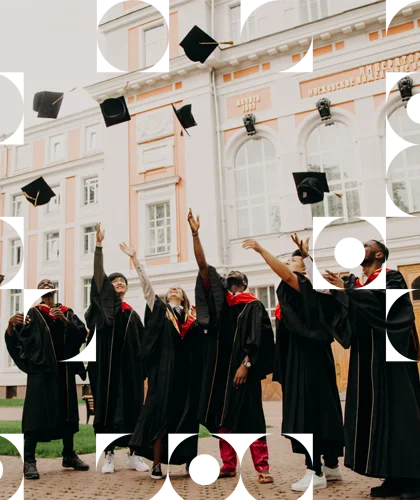• USA
M1 Visa: Requirements, Processing Time, Validity, Rules, and How to Apply
3718 Reads
3 min Read
The M-1 visa is similar, in terms of process and eligibility, to the F-1 visa, which is for non-U.S. citizens seeking full-time enrolment at a language school or academic institution as a university, seminary, conservatory or high school.
Usually, a citizen of a foreign country who wishes to enter the United States must first obtain a visa, either a nonimmigrant visa for temporary stay or an immigrant visa for permanent residence. One must have a student visa to study in the United States. The course of study and the type of school determines whether one needs an M visa or an F visa. The M1 visa is a non-immigrant visa that allows foreign pupils to come to the US to take part in vocational, non-academic studies. While on the M1 visa, students cannot register for academic courses. If one wants to come to the US to study at an academic institution, one should consider applying for an F1 student visa instead.
The M1 Visa
Students may be allowed to accept employment only if it is a required part of their practical training and the employment is approved in advance by the office of the USCIS.Benefits:
- One can enter the U.S. as a full-time vocational student.
- One can legally work part-time on campus.
- One can freely travel in and out of the U.S. while on a valid visa.
- Their dependents can live with them as long as they maintain their M1 status.
- M1 visas are issued quickly.
M1 Visa: Requirements for getting a student visa for the USA
- One must successfully complete a course of study normally required for enrollment.
- One has to be accepted for a full course of study by a vocational institution approved by the U.S. Citizenship and Immigration Services (USCIS). The institution must send you a Form I-20 M-N, a Certificate for eligibility for nonimmigrant (M1) student status for vocational students.
- Sufficient proficiency in English to pursue the intended course of study and access to sufficient funds to cover subsequent years.
- Permanent residence in the home country, which is planned to be kept.
- Intention to depart the U.S. upon completion of the course of study. This could be established by presenting evidence of economic, social and family ties in the homeland sufficient to induce one to leave the U.S. upon completion of studies.
- Proposed educational courses in the U.S. would be useful in one’s homeland.
Required Documentation:
- Passport valid for travel to the United States- It must be valid for at least six months beyond the period of stay in the United States. Each individual who needs a visa must submit a separate application, including any family members listed on the passport.
- Nonimmigrant visa application, Form DS-160 confirmation page.
- Application fee payment receipt, if one must pay before the interview.
- Photo- You must upload the photo while completing the online Form DS-160. One printed photo could also be carried in the format explained in the Photograph requirements.
- Certificate of eligibility for nonimmigrant (M-1) student status for vocational students, Form I-20.
- School sends a Form I-20 once students enter their information into the SEVIS database. Student and school officials must sign the Form I-20. All students must be registered in the student and exchange visitor system (SEVIS). If the spouse and minor children intend to live along with the candidate in the United States, they will each receive an individual Form I-20.
How to Apply-
M1 Visa Application Process
The duration of the M1 visa is usually one year, but it could extend to three years. Their admission criteria could differ across colleges and universities. Sufficient financial support is to be shown during the process. Health insurance documents are another important factor for covering medical costs.
- Once the application is complete and submitted and the academic eligibility is proven, the institution issues the I-20 form to enable the student visa application.
- Student visas are applied at the US Embassy or the US Consulate with permanent residence jurisdiction.
- Payment of an application fee is non-refundable.
- All applicants have to complete and submit the DS-160 form, which is an online application for the non-immigrant visa.
- The DS-157 form is required for male applicants between 16-45 years of age.
Processing time for an M-1 visa
- M-1 Visa is usually processed before the time of the interview, which makes it quicker to receive a response immediately after the interview.
- The M-1 Visa processing usually takes a minimum of four weeks.
- It is advisable to submit the application by considering the timeline of one’s course and classes starting.
Validity of the M-1 Visa
The validity of the visa depends on how long vocational education takes. One might be given a visa for the total duration of the studies or for a shorter time. As Form I-20 is only valid for one year, that means one has to be filled and submitted each year. The M-1 visa and the Form I-20 could be extended for a maximum of 3 years.
If the duration of the visa doesn’t last the whole duration of the course, one can apply for an extension by filling out Form I-1539, the application to extend or change nonimmigrant status to USCIS.
Rules for M-1 visa
- Acceptance at an approved school, which will issue Form-I-20.
- Evidence of ties to home and intention to depart the U.S. once the course of study is complete.
- Sufficient funds for financial needs.
- Preparation for the course of study.
- Maintaining a full course of study.
Difference between M1 and F1 visas:
The M1 visa cost is currently $185, and it is non-refundable. There could be additional charges, depending on the embassy. Applicants may also have to pay additional SEVIS maintenance and processing charges.
The F1 visas are used by non-immigrant students for academic and language training courses. On the other hand, the M1 visa is used only to pursue non-academic or vocational courses.
F1 visa holders can transfer to a university after completing the community vocational program. A candidate living in the US on an M1 visa can only attend a vocational program for one year before returning to the home country. Students holding M1 visas cannot continue to the university level.
Conclusion
The M1 visa is a special visa that allows one to enter the United States to take courses in vocational studies. You should now have a much stronger understanding of the various aspects of the M1 visa, including M1 visa benefits, M1 visa requirements, and the M1 visa process.
For any more queries on any of the information discussed in this guide, feel free to contact Canam Consultants, the study abroad consultants.
FAQ
Get great articles direct to your inbox
The latest news, articles, and resources, sent straight to your inbox every month.
Popular Universities to Study Abroad
World class education waiting for you.
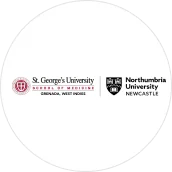
.png)
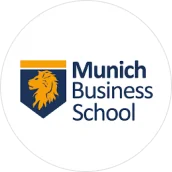
Munich Business School - University of Applied Sciences
Bavaria, Germany • 7 Programmes
Tuition Fee : EUR 12360-12360 / year
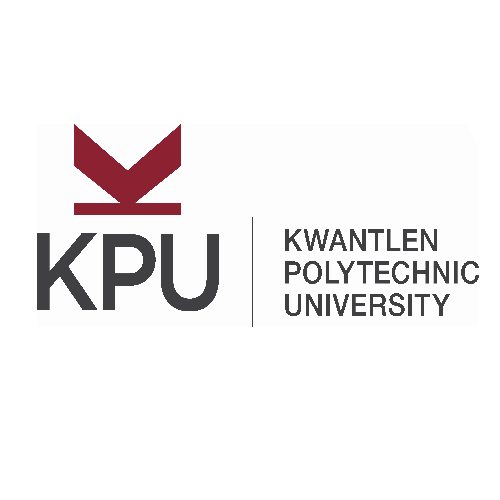
Kwantlen Polytechnic University - Civic Plaza Campus
British Columbia, Canada • 13 Programmes
Tuition Fee : CAD 21000-34500 / year
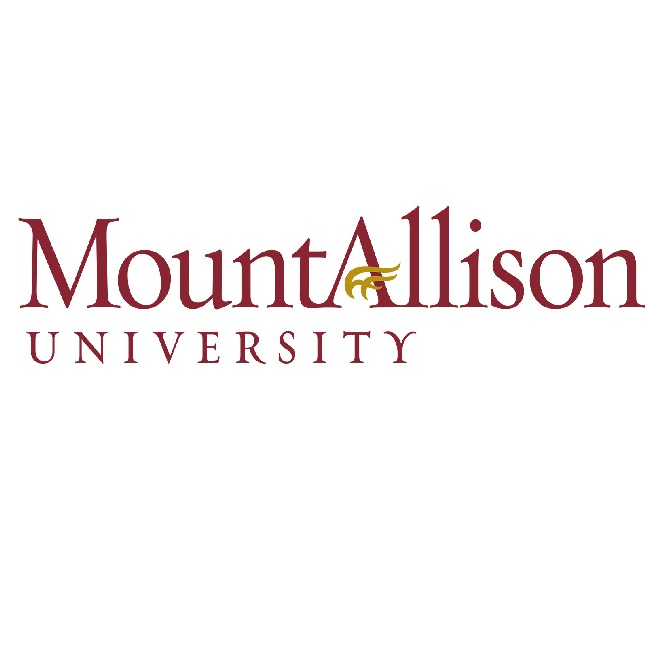

Bournemouth University - Lansdowne Campus
England, UK • 10 Programmes
Tuition Fee : GBP 15250-16500 / year
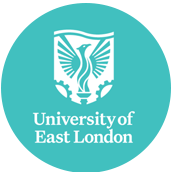
University of East London - Stratford Campus
England, UK • 54 Programmes
Tuition Fee : GBP 13000-14000 / year
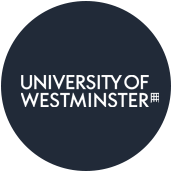
University of Westminster - Cavendish Campus
England, UK • 38 Programmes
Tuition Fee : GBP 14000-15000 / year
Popular English Language Proficiency Exams
Blogs and Articles
Curated content to keep you updated on the latest education trends, news and more.
Updated on • Jul 17,2025 05:33 PM IST • USA
PTE Accepted Universities in Australia
Updated on • Jul 17,2025 05:09 PM IST • PTE
Part-Time Jobs for International Students in Australia
Updated on • Jul 17,2025 03:44 PM IST • Australia
Updated on • Jul 12,2025 04:02 PM IST • USA
Updated on • Jul 11,2025 11:32 AM IST • Education
CPT vs OPT: Meaning, Difference, and How to Apply
Updated on • Jul 11,2025 10:40 AM IST • USA
Masters in Computer Science in UK: Top Colleges, Eligibility, Scholarships
Updated on • Jul 10,2025 11:29 AM IST • study in the UK
Highest Paying Jobs in the World
Updated on • Jul 08,2025 01:40 PM IST • Study Abroad
MBA in Australia for Indian Students: Best Universities, Requirements, Scholarship, Courses, Jobs
Updated on • Jul 08,2025 01:35 PM IST • Australia
Canada vs Australia: Which Country is Better for Indian Students in 2025?
Updated on • Jul 07,2025 12:46 PM IST • Education
France vs Germany: Which Is Better for International Students?
Updated on • Jun 30,2025 05:15 PM IST • Education
Top 10 Agricultural Universities in USA
Updated on • Jun 27,2025 05:25 PM IST • USA
Most In-Demand Future Careers in 2025
Updated on • Jun 26,2025 04:41 PM IST • Education
How Much Do Nurses Make in the U.S.?
Updated on • Jun 23,2025 03:59 PM IST • USA
Updated on • Jun 21,2025 02:00 PM IST • USA
MBA in UK: Universities, Eligibility, Types, and Career Opportunities
Updated on • Jun 19,2025 04:09 PM IST • UK • study in the UK
Scholarships in France for Indian Students
Updated on • May 29,2025 05:22 PM IST • France
Intakes in Dubai for Indian Students
Updated on • May 27,2025 03:34 PM IST • Study in Dubai
France Student Visa 2025 – Requirements, Fees, Checklist & Application Process
Updated on • May 23,2025 03:36 PM IST • France
MBA in France for Indian Students in 2025
Updated on • May 22,2025 05:35 PM IST • France
Related Blogs and Articles
A little effort to provide an authentic and reliable content for keen readers!!
Updated on • 17-07-2025 • USA
Updated on • 12-07-2025 • USA
CPT vs OPT: Meaning, Difference, and How to Apply
Updated on • 11-07-2025 • USA
Top 10 Agricultural Universities in USA
Updated on • 27-06-2025 • USA
How Much Do Nurses Make in the U.S.?
Updated on • 23-06-2025 • USA
Updated on • 21-06-2025 • USA
PTE Accepting Universities In USA
Updated on • 22-05-2025 • USA
Updated on • 22-05-2025 • USA
How to Get a Job in USA in 2025
Updated on • 20-05-2025 • USA
Updated on • 15-05-2025 • USA
Master's in Computer Science in the USA
Updated on • 08-04-2025 • USA
Updated on • 11-03-2025 • USA
Updated on • 21-01-2025 • USA
Updated on • 16-01-2025 • USA
Exams Required to Study in USA
Updated on • 31-12-2024 • USA
Updated on • 31-12-2024 • USA
Most Affordable Universities in USA
Updated on • 27-12-2024 • USA
Summer Intake in USA - Universities, Timelines & More
Updated on • 26-12-2024 • USA
Spring Intake in USA 2025: Universities & Preparation Timeline
Updated on • 16-12-2024 • USA
Master of Information Systems (MIS) in USA
Updated on • 02-12-2024 • USA
